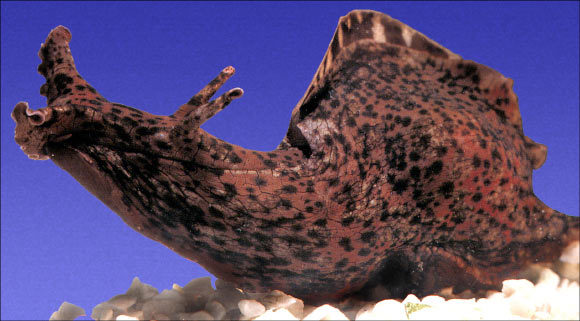Scientists are able to transfer memories between living beings for the first time
Summary:
Biologists at UCLA University have transferred for the first time a memory between two living beings, specifically from one marine snail to another, creating an artificial memory by injecting RNA from one to the other. To achieve this, researchers applied light electric shocks to the tails of a marine snail species called Aplysia californica. The snails received five shocks, one every 20 minutes, and then five more 24 hours later.
Link:
Publication date:
2/5/18
Scientific field:
Biology
Glossary:
Electric shocks
A sudden discharge of electricity through a part of the body
Transfer
Move from one place to another
Analysis comment:
 The impacts improved the defensive reflex of the snail's retreat, a response it shows to protect itself from possible damage. When the researchers touched the snails, they found that those who had been given the shock absorbers showed a defensive contraction lasting an average of 50 seconds, a simple type of learning known as "sensitization. Those who had not been given the shock absorbers contracted for just one second.
The impacts improved the defensive reflex of the snail's retreat, a response it shows to protect itself from possible damage. When the researchers touched the snails, they found that those who had been given the shock absorbers showed a defensive contraction lasting an average of 50 seconds, a simple type of learning known as "sensitization. Those who had not been given the shock absorbers contracted for just one second.
The scientists extracted RNA from the nervous system of the marine snails that received the tail strikes the day after the second series of strikes, and also from the marine snails that did not receive any impact. RNA from the first group (sensitized) was then injected into seven marine snails that had not received any shock, and RNA from the second group was injected into a control group of seven other snails that had also not received any shock.
